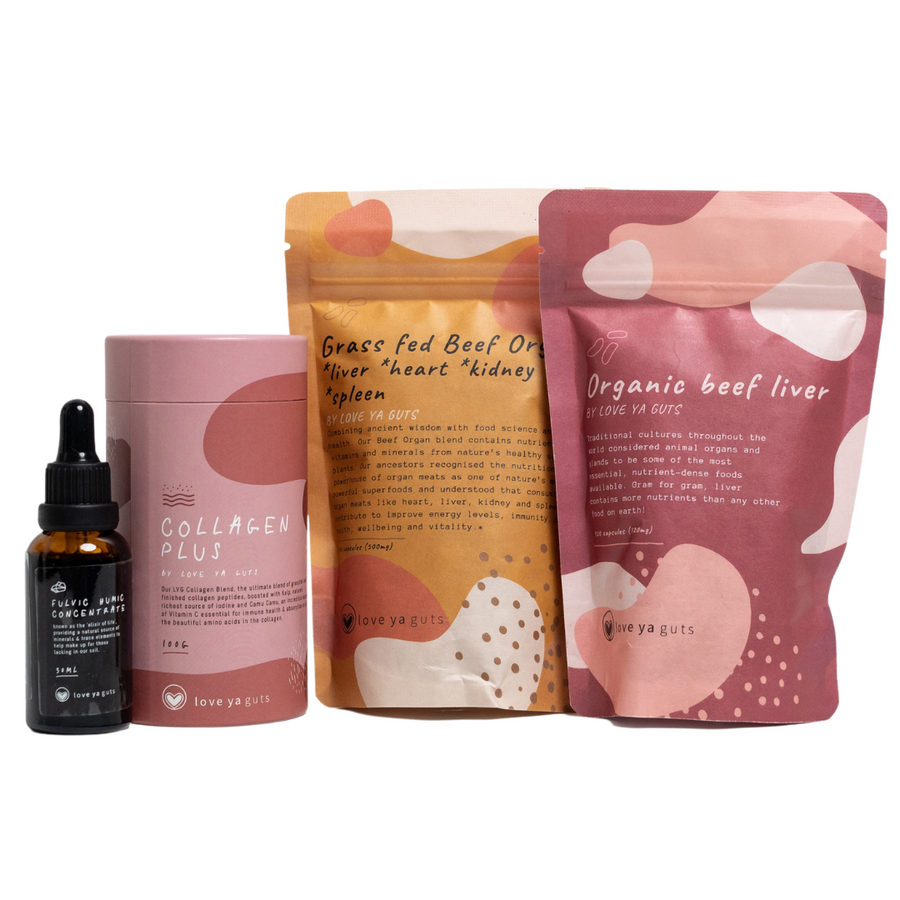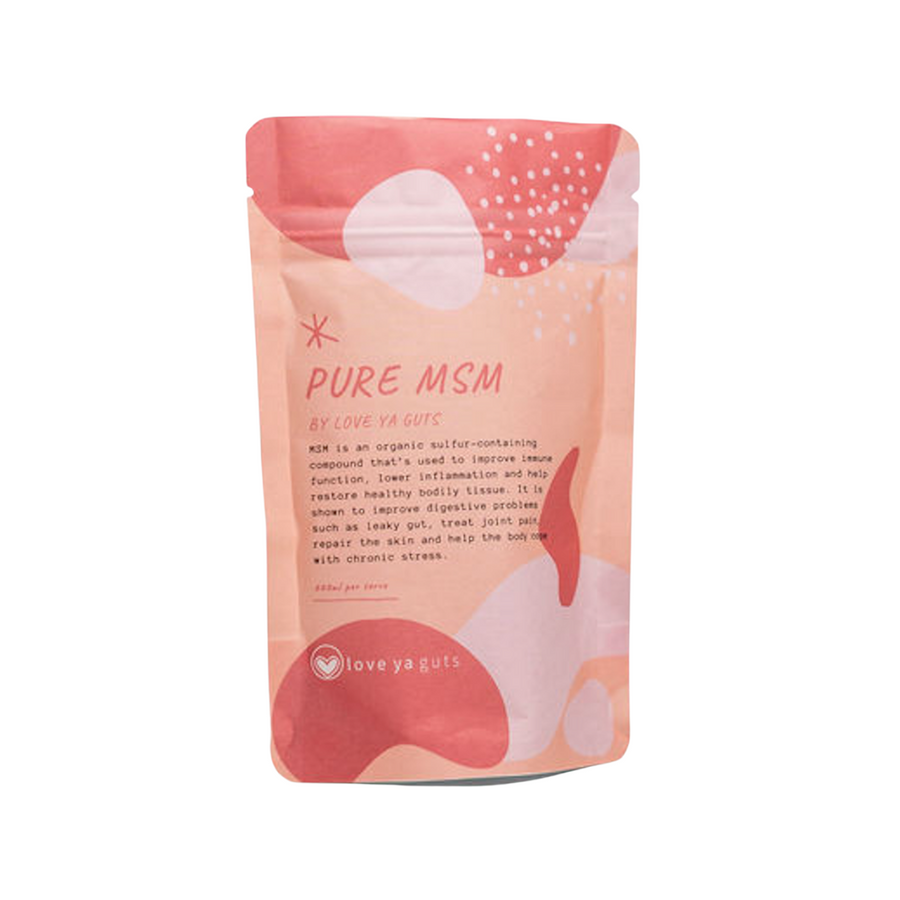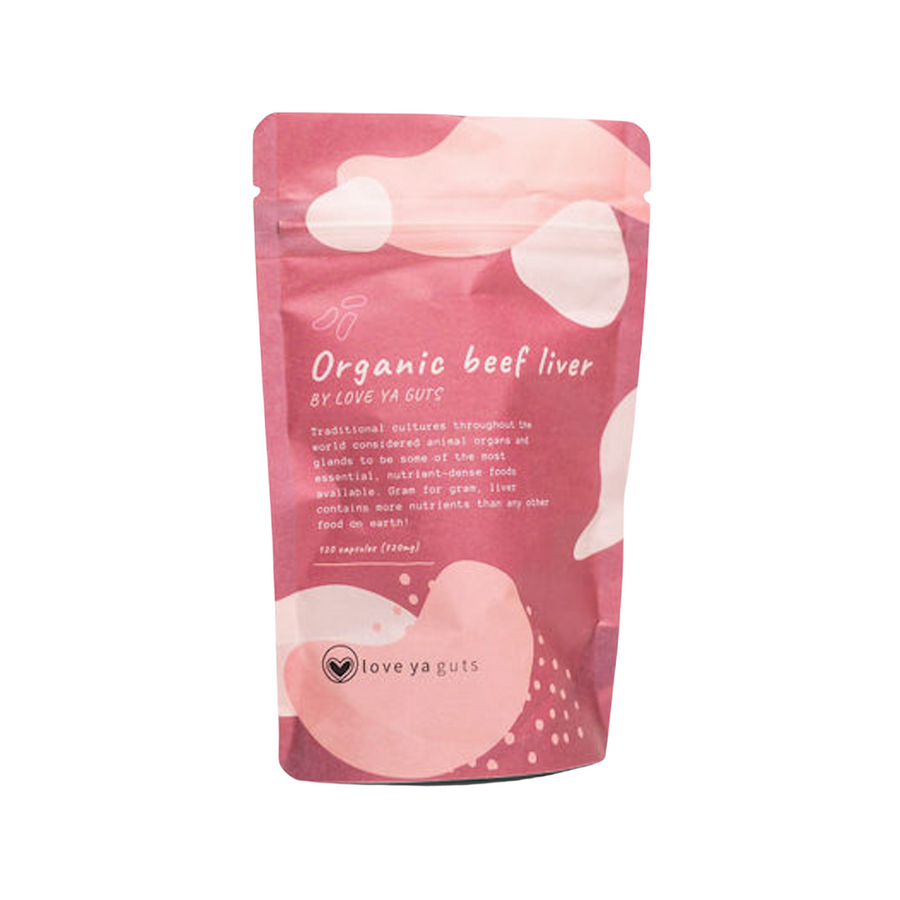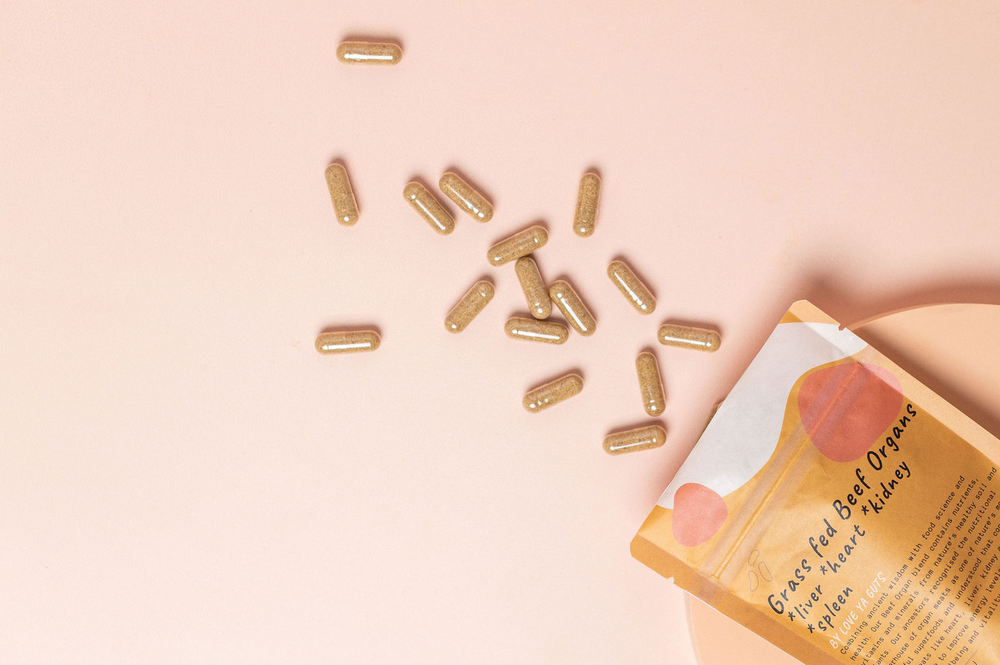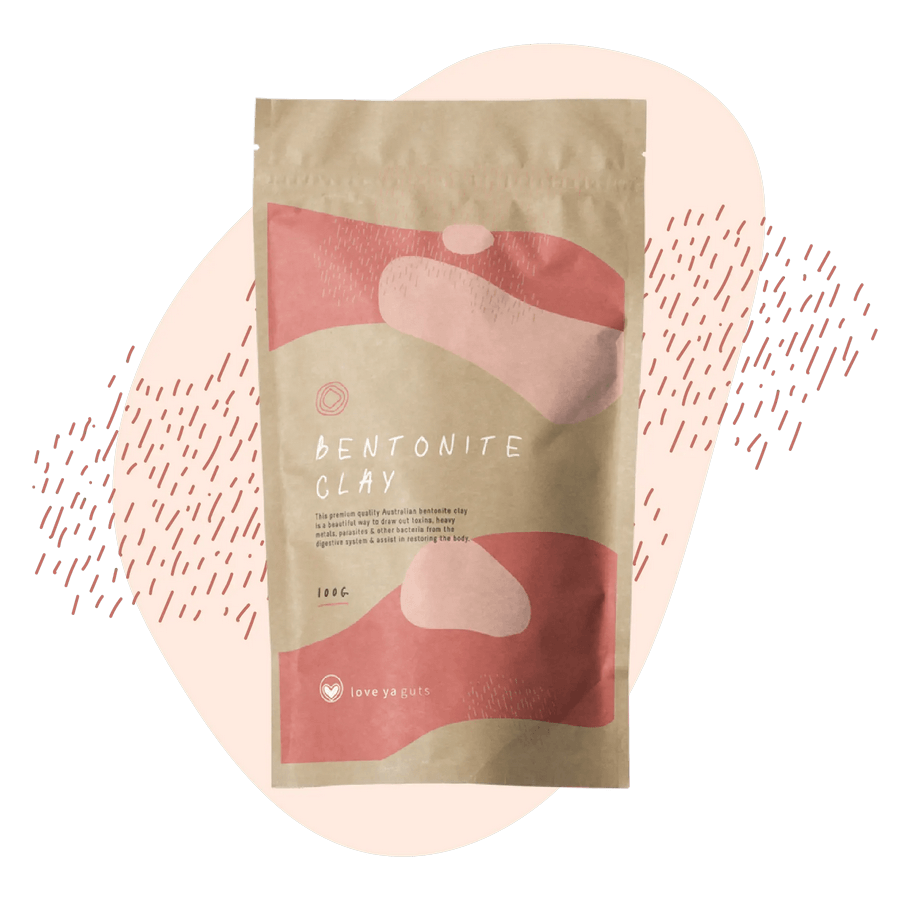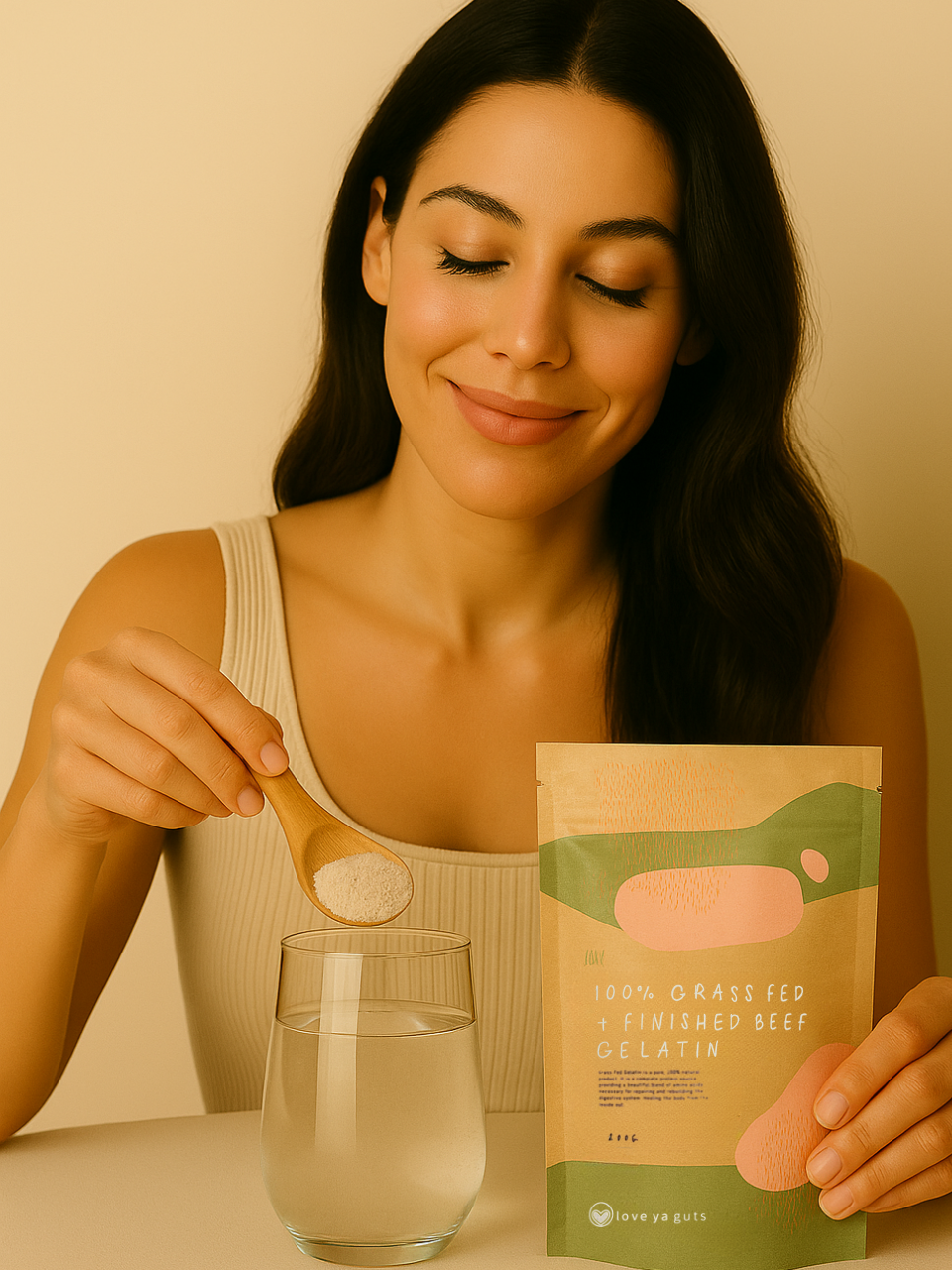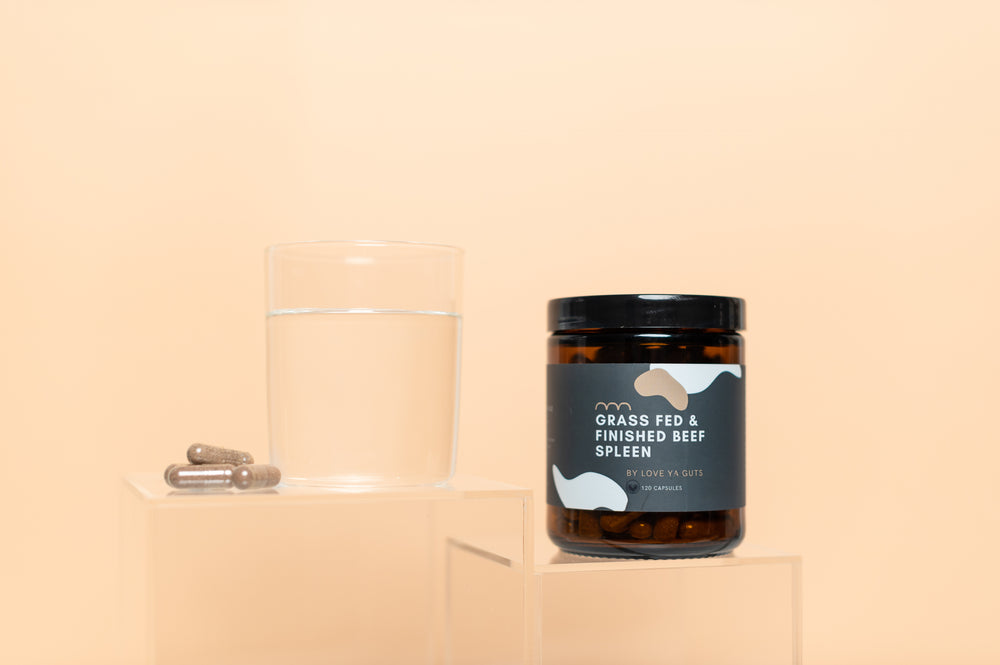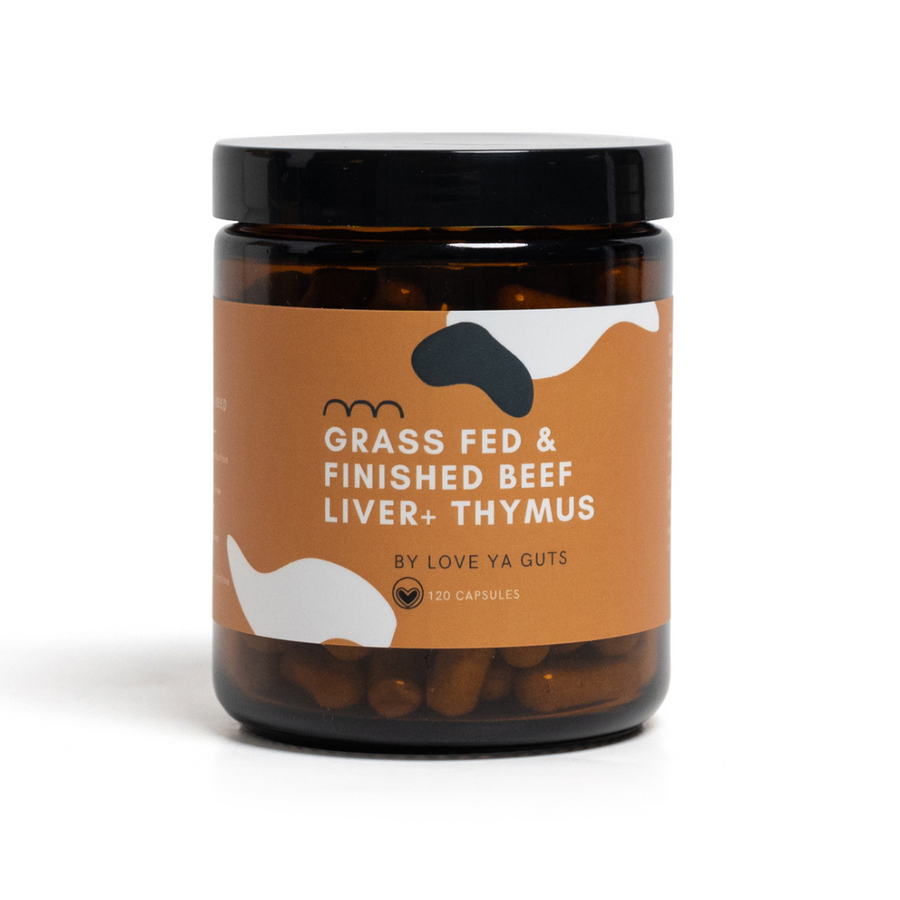Gut Inflammation Part 2
GUT INFLAMMATION SERIES - PART TW0
In Part 1 we looked at some symptoms of inflammation and different lifestyle factors that can create an inflammatory environment within the gut and whole body.
Our gut health is essentially influenced by the health of two variables.
-
The intestinal Barrier a.k.a. The gut lining
-
The gut microbiota a.k.a. our gut bugs
When one or both of these variables become inflamed or out of balance then this creates an inflammatory digestive environment which is a crucial determinant of intestinal and whole-body health.
Let’s look at the two variables a little closer.
The INTESTINAL BARRIER?
The intestinal barrier is the lining of the Gastrointestinal tract that prevents prevents the movement of non nutritive substances (toxins) and pathogens from leaving the gut and travelling into the blood circulation outside the gut. It also supports digestion and regulates immunity.
What happens when there is gut inflammation?
This lining is very delicate and easily disturbed by a variety of dietary and lifestyle factors as mentioned in part one of this series. These factors can cause inflammation which can compromise the intestinal barrier (gut lining). This condition is know as Leaky Gut and it is a very common problem.
What is Leaky Gut?
This is a condition where inflammation starts to break the lining (gaps start to appear) allowing toxic by-products in the digestive tract to escape and be leaked and absorbed into the bloodstream and transported to the liver. The molecules of food and toxins ‘leaked’ through the GI lining may eventually affect systems throughout the body.
Leaky gut is associated with a wide range of general symptoms such as:
-
Fatigue
-
Constant sickness i.e flu/ cold
-
Abdominal pain or bloating
-
Irregular bowel movements i.e diarrhoea
-
Memory problems/ difficulty concentrating
It can also be a big causal factor in:
-
Autoimmune issues such as arthritis, autism, ADD
-
Skin issues such as eczema/ psoriasis, acne and dermatitis
-
Food allergies and intolerances
-
Inflammatory bowel disease
-
IBS
-
Compromised liver function
The GUT MICROBIOTA:
Our digestive system holds the largest colony of microbes. On average a healthy adult carries 1.5-2kg of bacteria in the gut! All of these bacteria are a highly organised world off balance. In a healthy body this microbial world is fairly stable and adaptable to changes in the environment but when some of these microbes become unstable due to inflammation from lifestyle factors this creates gut dysbiosis.
What is Gut Dysbiosis?
The Gut micro-flora can be divided into three groups:
⠀⠀
1. Essential or beneficial Flora: The most important group and often referred to as our friendly bacteria.
2. Opportunistic Flora: There are around 500 species of these. In a healthy person their numbers are normally limited and are tightly controlled by the beneficial flora. Each of these species are capable of causing health problems if they get out of control.
3. Transitional Flora: These are various microbes which we swallow daily with food and drink. When the gut is well protected by the beneficial bacteria, this group of microbes go through our gut without doing any harm, BUT if the population of beneficial bacteria is damaged, this group of microbes can cause disease.
When the beneficial flora are not functioning/ inflamed, the gut environment becomes imbalanced and gut dysbiosis is present. Without the protection of the beneficial flora the digestive system is not protected and essentially open to damage by anything that comes through such as:
- viruses
- toxins present in the environment
- fungus such as candida
- various parasites and other toxic substances
- inflammatory foods
All of which are very capable of damaging our gut lining, triggering an immune response and causing chronic inflammation within the gut and through the body.
These two variables in the gut:
-
The Gut lining
-
The Gut Microbiota
Are two things that are very susceptible to dietary and lifestyle factors. This can be a positive thing as we can create change via lifestyle changes but also a negative thing as our western world is bombarded with inflammatory lifestyle habits and foods that very easily disrupt the gut lining and microbiota.
It is very very common to see gut dysbiosis and/or leaky gut (as described above) in women with gut complaints. These two conditions are influenced by what we eat and do and cause inflammation in the gut and whole body which is why gut disorders can present as whole body symptoms.
In part three of this series I will explain how we can move towards creating a better gut environment that is aimed at reducing inflammation! Stay Tuned.








